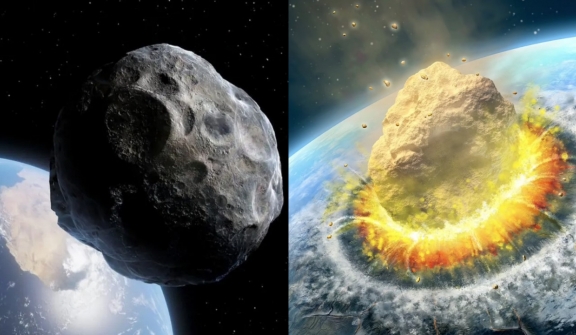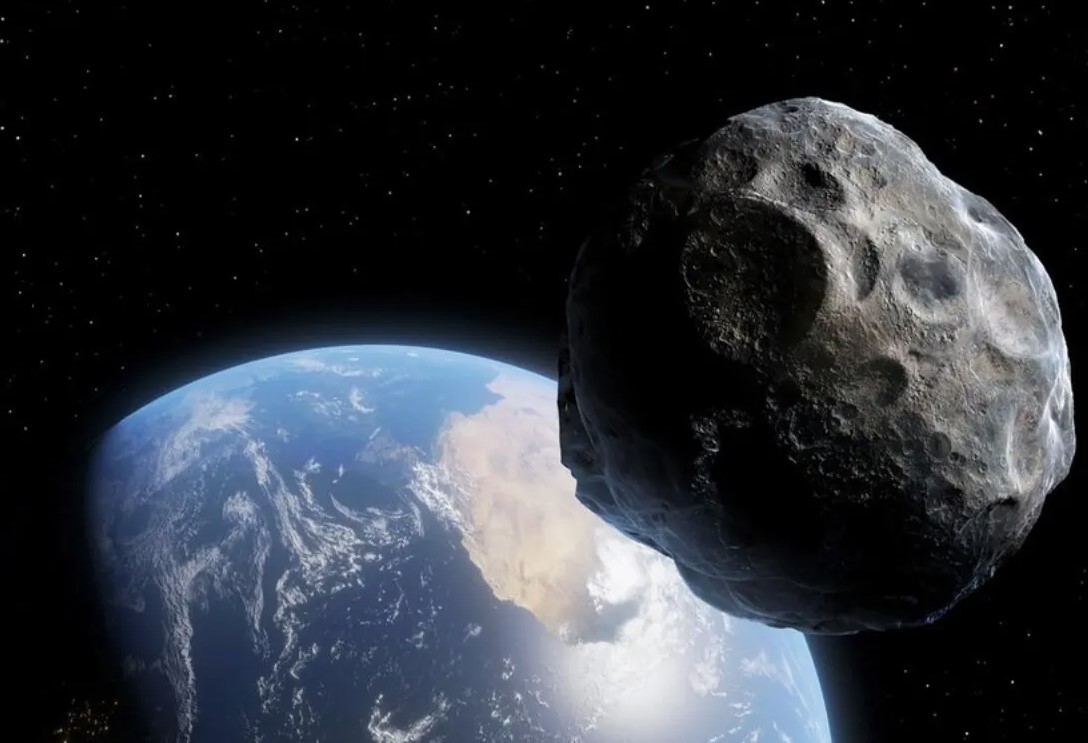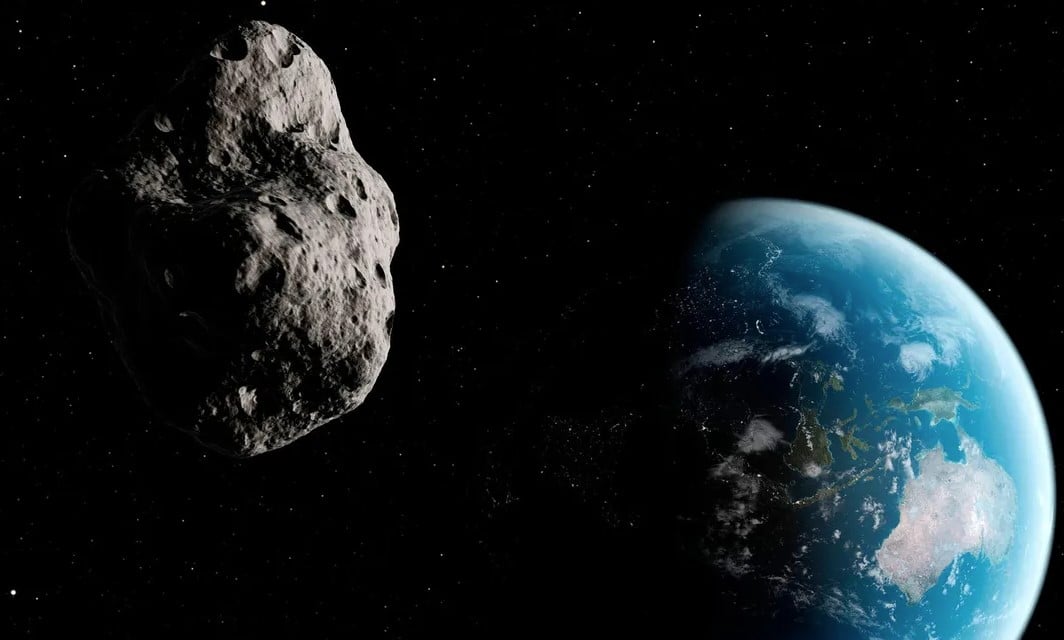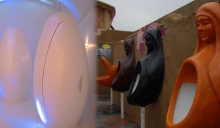
NASA has recently addressed concerns surrounding the 'lost' asteroid 2007 FT3 and its potential threat to Earth this year, bringing attention to the possibility of an asteroid impact.
As we enter the new year, the topic of asteroids striking our planet is already making headlines.

The 'lost' asteroid 2007 FT3 has garnered attention and raised concerns about its potential threat to Earth.
Discovered in 2007 and quickly disappearing from view shortly after, this mysterious asteroid has resurfaced in discussions due to its inclusion in NASA's Sentry Risk Table, which lists objects that could collide with our planet.
While one of the potential impact dates is set for October 5, 2024, NASA has emphasized that the chances of a collision are extremely slim.

NASA has recently addressed concerns regarding the potential threat posed by the 'lost' asteroid 2007 FT3, providing some reassuring news for the new year.
According to a statement given to the Standard, NASA assures the public that there are no known asteroid impact threats to Earth for the next century, relieving any immediate worries.

The spokesperson emphasized that NASA and its partners diligently monitor the skies to detect, track, and categorize asteroids and near-Earth objects (NEOs), including those that may come close to our planet.
They clarified that asteroid approaches within 30 million miles of Earth's orbit are considered close approaches by planetary scientists. Notably, larger asteroids are easier for planetary defense experts to detect, as their orbits around the sun are generally well-known and understood for extended periods, sometimes spanning years or even decades.
The likelihood of an asteroid collision remains incredibly low with the chance of impact estimated to be around one in 11.5 million.

Furthermore, it is worth noting that we have already survived potential impact dates associated with 2007 FT3 in the past, such as the one in 2019 that came and went without incident.
In the unusual case that 2007 FT3 should be headed toward Earth, we can plan a mission to deflect it.




